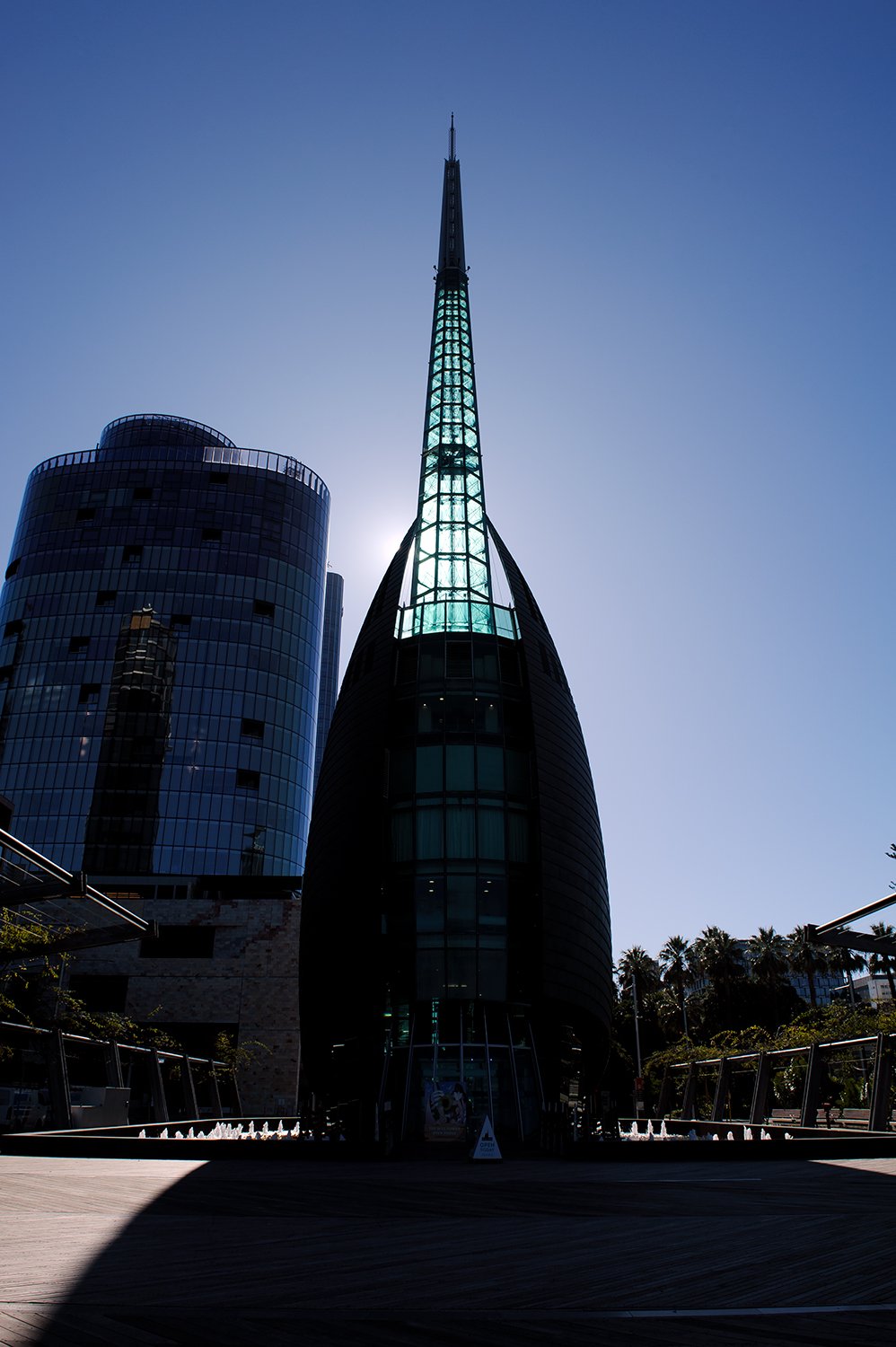I visited Liverpool from Sunday to Tuesday to support an event for my day job on Sunday and Monday.
I took advantage of my day off in lieu earned through that to stay an extra day in the city to see more of it.
The one time I visited the city for an extended period was on New Year's Eve 1999 for Cream 2000.
However, my time there during that visit was predominantly spent in a tent designed to accommodate 26,000 ravers, where the focus was music, dancing and welcoming in the new millennium, not the city itself.
I wrote a short piece about that visit on my Instagram earlier in the week when I posted a photo of Pier Head I took with my phone camera on Tuesday during my two-ish hour photo walk.
I snuck a short photowalk in on Sunday evening en route to get supplies from a supermarket. But, both that walk and the one on Tuesday predominantly focused on the waterfront area, with my walk on Tuesday extending into Matthew Street (where The Cavern Club is) and up to Lime Street, from where I caught the train back to London.
Unfortunately, due to the weight of my rucksack, I didn't manage to revisit places I'd passed that caught my eye en route to my accommodation on Sunday with my D700.
I could have left my bag behind reception in my accommodation after checkout and returned for it. But the hotel was about a 23-minute walk from the station, so it would have involved me walking there and back to retrieve it on top of my photo walk when my intended route took me close to the station anyway.
Liverpool is, understandably, littered with tributes to the Fab Four, The Beatles. And, while I have some photos from my visit that relate to them that I'm pleased with and will share in future, I wanted to avoid the Liverpool cliches for my first post of one of my D700 photos from the city.
So, instead, here's a music-related photograph of St Johns Beacon, the former revolving restaurant that became the home of Radio City 96.7 in July 2000.
Radio City's stations rebranded to Hits Radio on my birthday this year. Unfortunately, they've announced they'll rebrand the tower with their new logo, which I don't think will work as well on a structure of that era, so I'm glad I captured it when I did.
I hope to arrange to sit Sir Peter and his peacock friends in Delamere again for a longer stretch. If I can, I'll take advantage of the proximity to pop over to Liverpool again for a day or two or three to explore more of the city with my camera and to visit Tate Liverpool, the Open Eye Gallery, the various museums along the waterfront and more.

